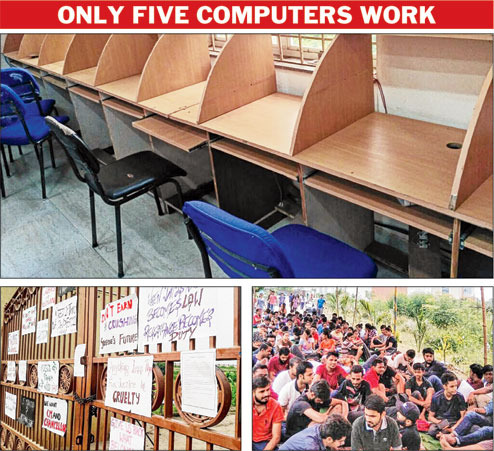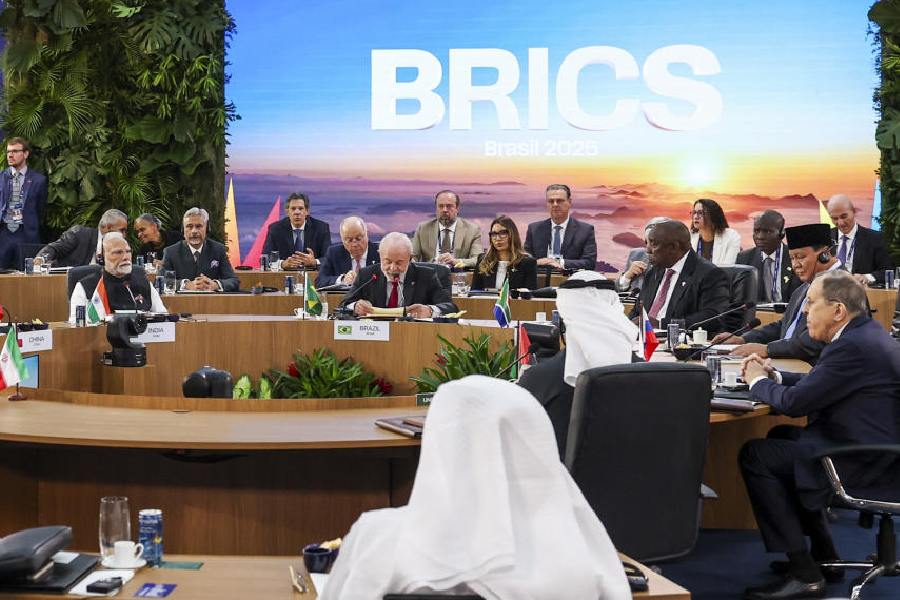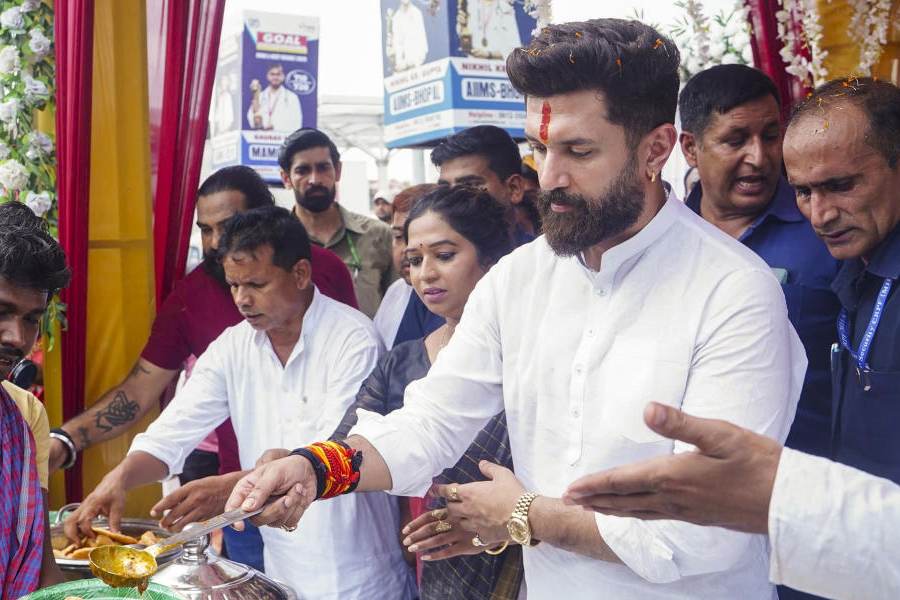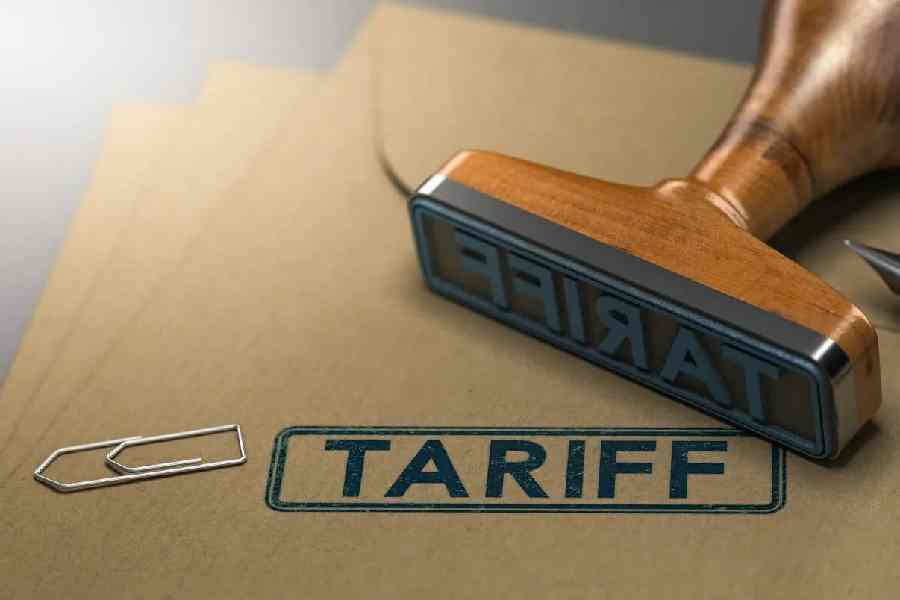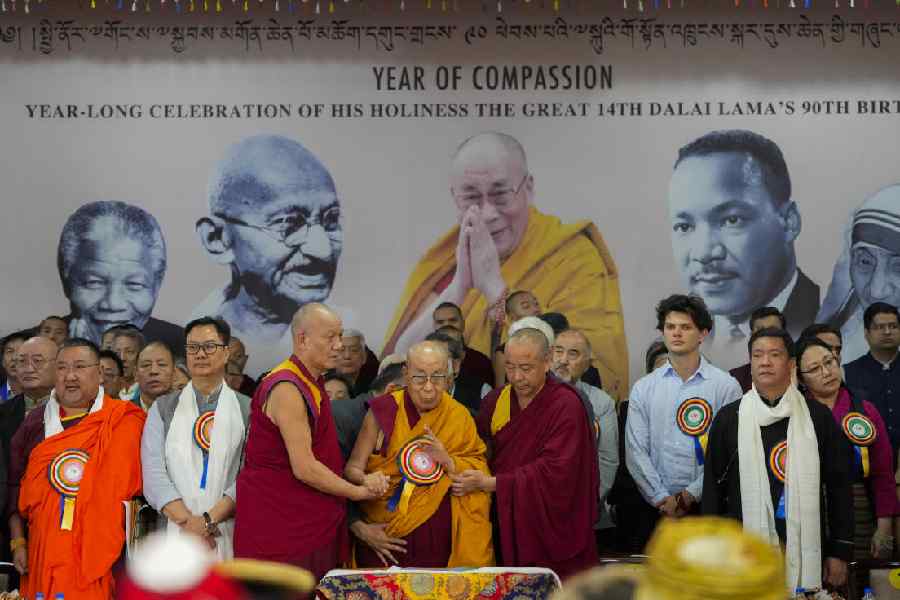 |
| Yes, no, yes: Zahira Sheikh, the star witness in the Best Bakery case, has become famous for her contradictory evidence |
It can demolish the most painstakingly constructed of cases, it can waste the time of courts, and it can allow criminals to walk free, making a mockery of the investigative process. It’s the problem of a witness turning hostile. A hostile witness is one who’s provided an eyewitness account of a criminal event or other information to help the prosecution build a case, but has later turned in court, giving a different version of events or contradictory information.
Now, following a proposal by the lawyer and science and technology minister Kapil Sibal, the Technology Information Forecasting and Assessment Council (TIFAC), the government’s technology thinktank, is exploring technological solutions to tackle the problem of hostile witnesses.
Senior TIFAC officials say the effort is likely to be part of a broader programme to use technologies to make the criminal justice system more efficient than it is today.
Following a brainstorming session to discuss strategies to induct more technology into the criminal justice system, TIFAC has set up a national panel of legal experts, police officers, and scientists to chalk out strategies and monitor the programme. One of the things that Sibal had suggested was that TIFAC should examine technologies that would make available “tamper-proof” audio-visual records that may be used in court to confront witnesses who’ve turned hostile.
“We’re thinking of a pilot project before moving into full-scale mode,” said Anand Patwardhan, executive director of TIFAC. “The technology is available. The challenge would be to tailor it to specific applications in the criminal justice system.” In the coming weeks, TIFAC plans to produce a ‘white paper’ that will outline the array of technologies that may be used for applications in the criminal-justice system in a cost-effective manner.
Lawyers say the number of cases in India in which witnesses turn hostile is large. “In India, you need to prove a case to get justice and witnesses are often the basic foundation of proof,” says Pavan Duggal, a Supreme Court lawyer and expert in cyber law and technology. “In such cases, when witnesses turn hostile, there is little chance of getting a conviction.”
A report by the parliamentary standing committee on home affairs tabled in Parliament earlier this year had pointed out that the conviction rate in criminal cases may be as low as 10 per cent due to perjury by witnesses who do so either of their own volition or under threats, allurements, or inducements from others.
Legal experts say that while high-profile cases where witnesses turn hostile get media attention, it happens quite a lot in other cases too. In recent years, the BMW case and the Jessica Lal murder case in New Delhi and the Best Bakery case provide examples of witnesses who said one thing to police officers but changed their stories in court. Experts say the absence of a witness protection programme in India makes it possible for the accused in a case to threaten or intimidate witnesses.
They cite the example of the federal witness protection programme in the US. The programme has been used to rehabilitate several thousand witnesses and their family members since the early Seventies. In India, the Mumbai police have been debating a plan to protect vital witnesses in the bomb blasts and other sensitive cases, says a paper authored by Dhruv Desai, a student at the Symbiosis Society’s Law School in Pune.
But TIFAC is now exploring ways to address the problem of hostile witnesses through technology. Written statements, audio-taped conversations or video interviews of witnesses may all be converted into a digital format for storage. Patwardhan says existing software technology makes it possible to ensure integrity of stored digital data. There are systems that allow electronic audit trails. An audit trail can tell whether a digital document was modified or not. With appropriate safeguards, an audit trail can also tell who modified a document and what was changed in it.
Whether such digital data itself is admissible in court depends on whether it satisfies conditions in the amended Indian Evidence Act. Until October 17, 2000, electronic records were not admissible in courts. But changes in laws relating to information technology and amendments to the Indian Evidence Act make electronic records admissible in court when they satisfy certain conditions. One of the conditions is that an electronic record should not have been tampered with or manipulated.
“The idea of using technology to ensure integrity of electronic records is a noble idea,” says Duggal. “It could ensure that such data becomes admissible in court.”

